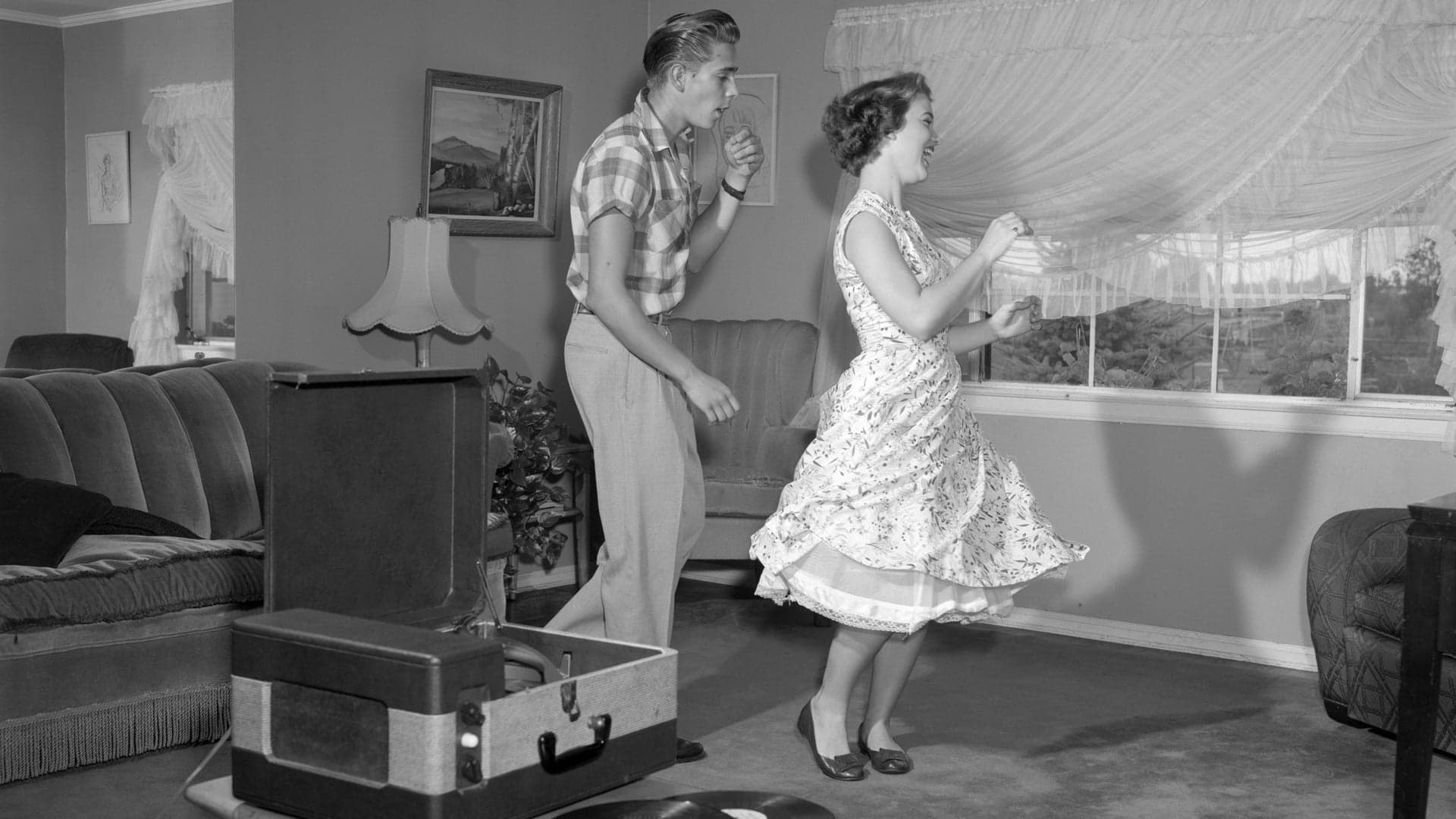On June 3, 1956, Santa Cruz, California captured national attention when city authorities announced a total ban on rock 'n' roll at public gatherings. Officials called the music “detrimental to both the health and morals of our youth and community.”
Santa Cruz, a favorite early haunt of author Ken Kesey and his Merry Pranksters, became known by the mid-1960s as an established capital of the West Coast counterculture scene. Yet just 10 years earlier, the balance of power in this crunchy beach town 70 miles south of San Francisco tilted heavily toward the older side of the generation gap. In the early months of the rock-and-roll revolution, at a time when adult authorities around the country were struggling to come to terms with a booming population of teenagers with vastly different musical tastes and attitudes, the city laid down the gauntlet.
The ban came in reaction to a dance party the previous evening. Some 200 teenagers had packed the Santa Cruz Civic Auditorium on a Saturday night to dance to the music of Chuck Higgins and his Orchestra, a Los Angeles group with a regional hit record called “Pachuko Hop.” Santa Cruz police entered the auditorium just past midnight to check on the event, and what they found, according to Lieutenant Richard Overton, was a crowd “engaged in suggestive, stimulating and tantalizing motions induced by the provocative rhythms of an all-negro band.” But what might sound like a pretty great dance party to some did not to Lt. Overton, who immediately shut the dance down and sent the disappointed teenagers home early.
It may seem obvious now that Santa Cruz’s ban on “Rock-and-roll and other forms of frenzied music” was doomed to fail, but it was hardly the only such attempt. Just two weeks later in its June 18, 1956 issue, Time magazine reported on similar bans recently enacted in Asbury Park, New Jersey, and in San Antonio, Texas, where the city council’s fear of “undesirable elements” echoed the not-so-thinly-veiled concerns of Santa Cruz authorities over the racially integrated nature of the event that prompted the rock-and-roll ban issued on this day in 1956.
